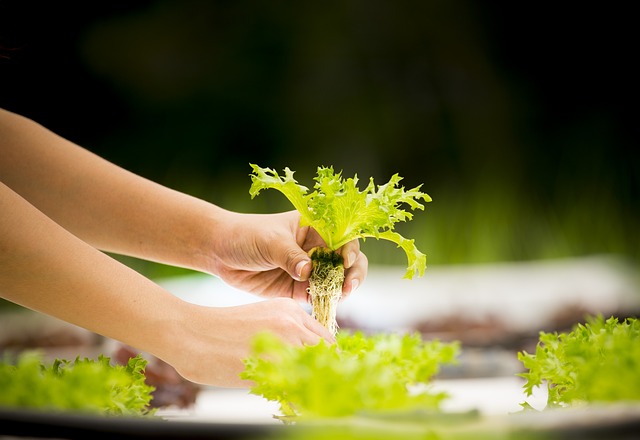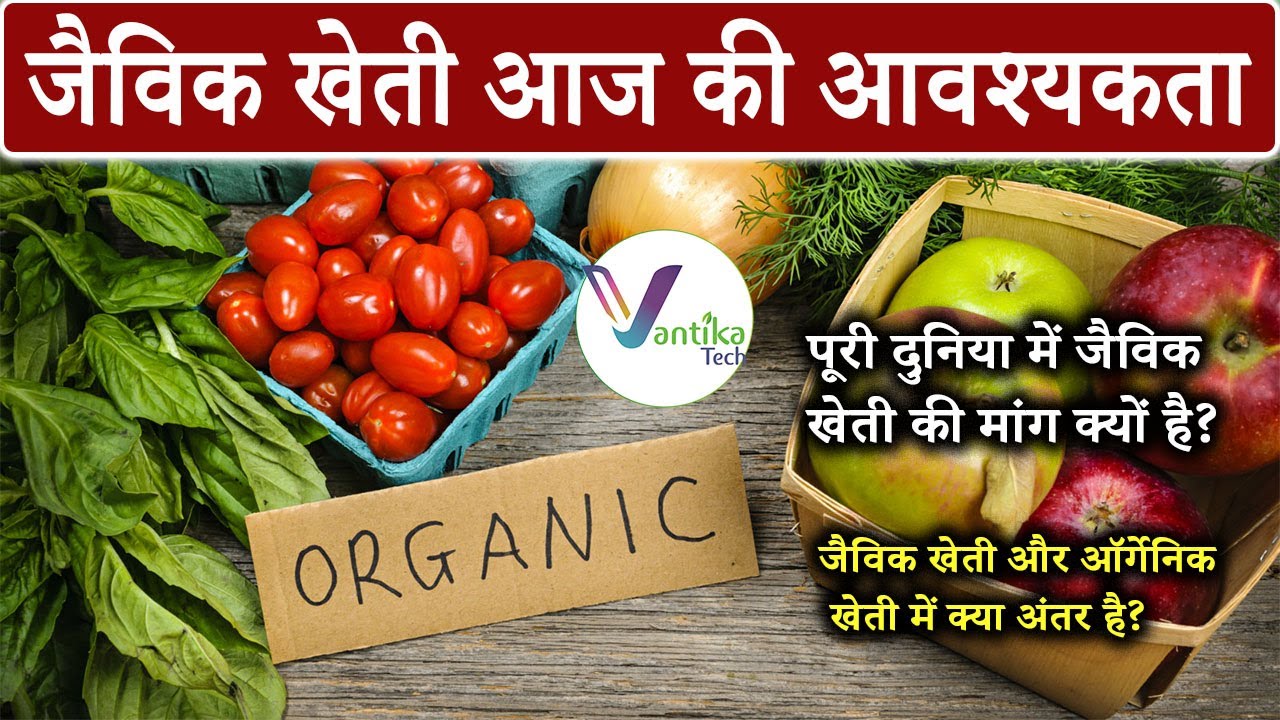The field of agriculture has witnessed significant advancements in recent years, thanks to the integration of technology. Agricultural technology, often referred to as AgTech, is revolutionizing the way we cultivate crops, manage livestock, and optimize farm operations. In this blog, we will explore some of the latest innovations in AgTech and their impact on the agricultural industry, productivity, and sustainability.
Precision Farming:
- Precision farming utilizes various technologies such as GPS, sensors, and drones to enhance crop management.
- Soil and crop sensors provide real-time data on moisture levels, nutrient content, and pest presence, allowing farmers to make informed decisions.
- GPS-guided machinery enables precise planting, fertilizing, and harvesting, optimizing resource usage and reducing waste.
Vertical Farming:
- Vertical farming involves growing crops in vertically stacked layers, often in controlled environments such as indoor facilities or vertical towers.
- LED lighting, hydroponic or aeroponic systems, and climate control technologies create optimal conditions for plant growth.
- Vertical farming maximizes space utilization, minimizes water usage, and reduces the need for pesticides, making it an efficient and sustainable approach to urban agriculture.
Internet of Things (IoT) in Agriculture:
- IoT devices and sensors are being deployed in agriculture to monitor and automate various processes.
- Connected weather stations provide real-time weather data for precise irrigation scheduling and pest management.
- Livestock monitoring systems track animal health, behavior, and productivity, enabling early disease detection and improved animal welfare.
Robotics and Automation:
- Robotics and automation technologies are transforming labor-intensive tasks in agriculture.
- Automated harvesting machines, robotic milkers, and autonomous vehicles reduce the dependency on manual labor and increase operational efficiency.
- Robotic systems can perform delicate tasks with precision, such as selective weeding, plant pruning, and pollination.
Big Data and Analytics:
- Big data analytics help farmers make data-driven decisions for optimized crop management.
- By analyzing large volumes of data on weather patterns, soil conditions, and crop performance, farmers can identify trends, predict yields, and optimize resource allocation.
- Data-driven insights enable proactive decision-making, leading to improved productivity and profitability.
Conclusion:
AgTech is transforming the agricultural landscape, offering innovative solutions to address the challenges of feeding a growing global population sustainably. Precision farming, vertical farming, IoT applications, robotics, and big data analytics are just a few examples of the latest advancements in AgTech. By embracing these technologies, farmers can enhance productivity, minimize environmental impact, and ensure food security for the future.
#AgTech #agriculturalsector #precisionfarming #verticalfarming #IoTinagriculture #robotics #automation #bigdataanalytics #sustainableagriculture #foodsecurity








No comments:
Post a Comment